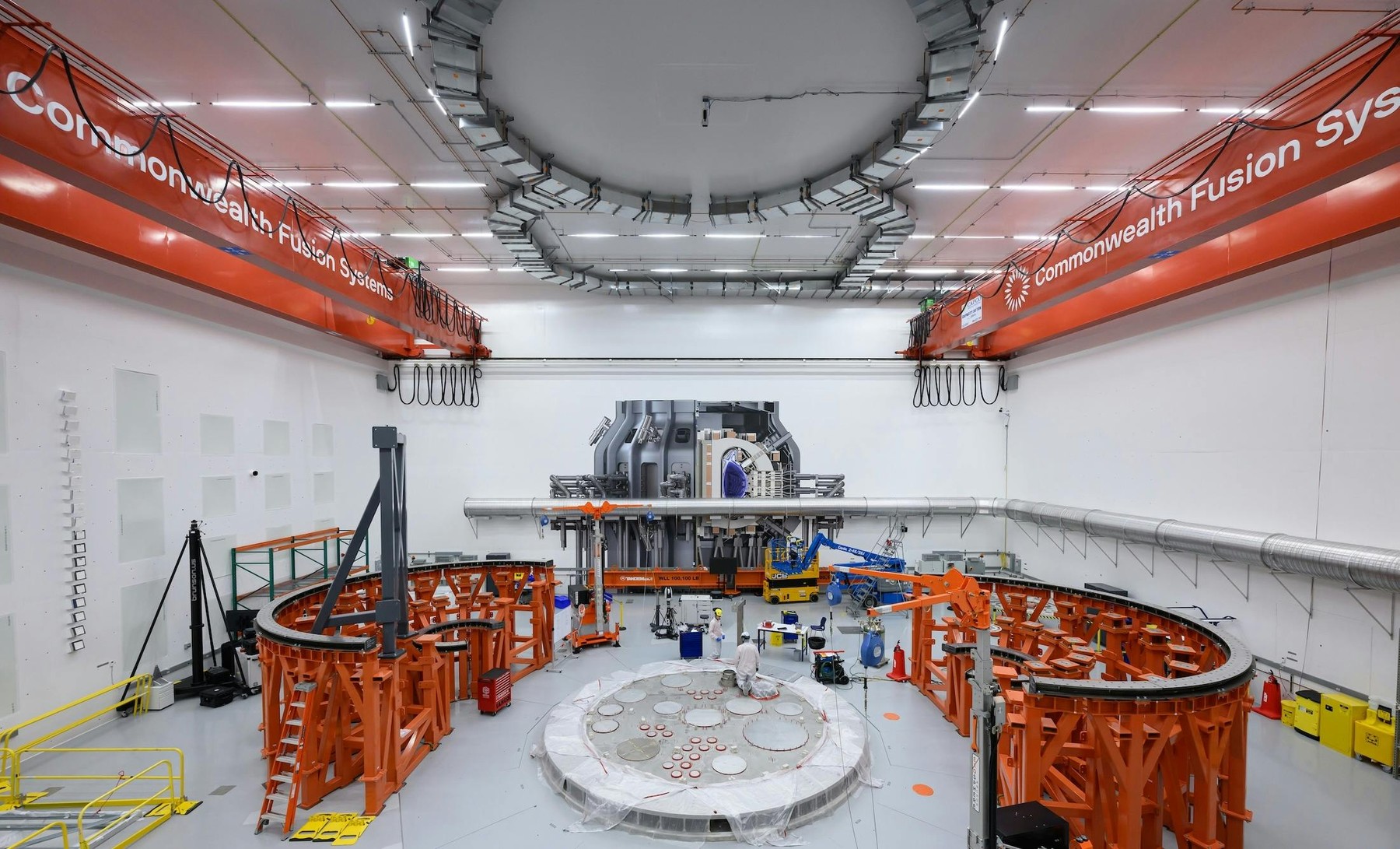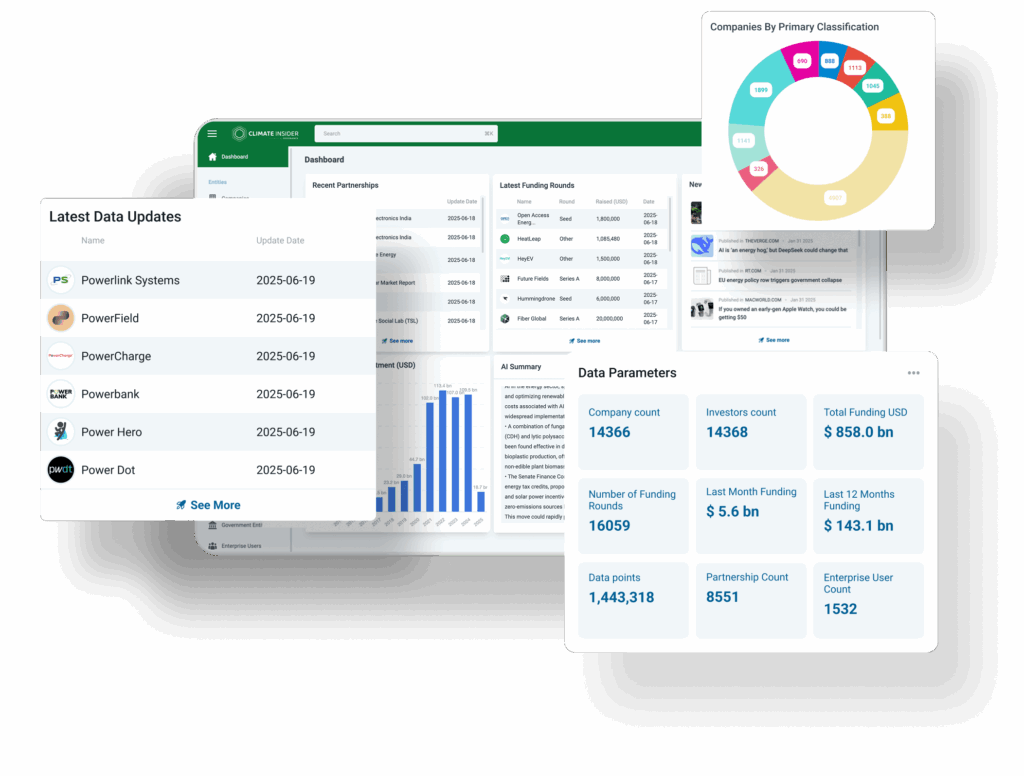In a notable announcement that reverberated across both the tech and energy sectors, Oracle’s Co-Founder and Executive Chairman, Larry Ellison, unveiled his ambitious plan to leverage nuclear power to accelerate the development of artificial intelligence (AI) at Oracle. This audacious move, disclosed at the Oracle Financial Analyst Meeting in 2024, reveals how the high-stakes AI arms race is reshaping the competitive landscape, pushing tech giants to explore unconventional energy solutions. Oracle’s decision to utilize nuclear energy to power its data centers highlights the immense resources needed to advance frontier AI models, ushering in a new era for both industries.
Oracle’s Bold Power Play — Nuclear Energy Fuels AI Ambitions
Oracle’s foray into nuclear energy is a testament to the extraordinary resource demands of cutting-edge AI. According to Ellison, the energy required to train advanced AI models is “vast and extraordinary.” The company plans to construct massive data centers equipped with acres of GPU clusters that need a colossal energy supply to operate efficiently. By opting for nuclear reactors, Oracle ensures a scalable, reliable, and carbon-free energy source to support its AI infrastructure.
During the Financial Analyst Meeting, Ellison remarked, “If your horizon is over the next five years, maybe even the next ten years, I wouldn’t worry about it. This business is just growing larger and larger and larger. There is no slowdown or shift coming.” This bold statement underscores Ellison’s long-term vision for Oracle and AI, where only those with significant resources can thrive. His claim that “only a few major tech companies, and potentially even one nation, will compete for dominance in AI model development” in the coming years paints a picture of an intensely competitive landscape, where the race for AI supremacy will be won by those who can afford the price.
Oracle’s shift toward nuclear power reflects a broader trend among tech companies seeking innovative solutions to manage their escalating energy needs. As AI systems become more advanced, the energy required to train and maintain them grows exponentially, pushing tech firms to rethink their energy strategies. Oracle’s nuclear-powered data centers may be a harbinger of a larger shift, inspiring other tech giants to explore similar paths to meet their AI ambitions.

The AI Arms Race and the $100 Billion Price Tag
Ellison’s vision for Oracle’s future in AI comes with a hefty price tag. At the analyst meeting, he estimated that companies aiming to build frontier AI models would need to invest around $100 billion over the next three to five years. This staggering figure reflects the explosive growth in computational power needed to push AI boundaries. The cost of training large-scale AI models has been climbing steadily, driven by the need for more GPUs, more data, and more complex algorithms.
Oracle’s commitment to this massive investment is evident in its ongoing efforts to build world-class infrastructure. The company already has 162 cloud data centers, either live or under construction, spread across the globe. One of these data centers, according to Ellison, will be an 800-megawatt facility containing acres of Nvidia GPU clusters capable of training some of the most advanced AI models ever created. Ellison hinted that some of these models could surpass existing supercomputers, including xAI’s recently unveiled supercluster, Colossus.
This level of investment is not only a reflection of Oracle’s ambitions but also a signal to the wider tech industry that the AI arms race is not for the faint of heart. Smaller players may struggle to keep up, as the gap between AI leaders and the rest of the field widens. The $100 billion price tag is a clear indicator that AI dominance will be won by those with the resources to invest in both technology and energy solutions capable of supporting their vision.
Building the Nuclear Infrastructure
Oracle’s decision to integrate nuclear power into its infrastructure strategy is a game-changer for how tech companies meet their energy demands. The company has already secured building permits for three small modular nuclear reactors (SMRs), marking the beginning of a massive project to power its AI ambitions. Ellison believes that each reactor will provide over one gigawatt of electricity—enough to meet the substantial processing needs of Oracle’s upcoming AI initiatives, including its plans for Colossus, a supercluster that could redefine the limits of AI capabilities.
SMRs are a particularly attractive option for Oracle because of their scalability, lower upfront costs compared to traditional nuclear plants, and ability to deliver consistent, reliable power. These reactors are designed to be built in modules, allowing Oracle to gradually scale its energy infrastructure as its AI needs grow. The choice of nuclear power also aligns with Oracle’s commitment to sustainability, as nuclear energy is a zero-carbon power source, helping the company reduce its carbon footprint as it pursues net-zero emissions.
Ellison’s bet on nuclear power is not without precedent. Other tech leaders, such as Bill Gates, have also embraced nuclear energy as a solution to the rising energy demands of AI and other computationally intensive applications. Gates’ company, TerraPower, is building a Natrium reactor and energy storage system in Wyoming, with a capacity of 500 megawatts. This trend suggests that nuclear power may play a pivotal role in the tech industry’s future energy mix as companies seek reliable, scalable, and clean energy sources to fuel their ambitions.
Oracle’s Revenue Boom Fuels Ambitious Nuclear Investment
Oracle’s robust financial performance is providing the company with the resources needed to make bold investments in AI and energy. In its fiscal 2025 Q1 results, Oracle reported total quarterly revenues of $13.3 billion, a 7% increase year-over-year, with cloud services revenues growing by 21% to $5.6 billion. This strong growth in cloud services reflects Oracle’s successful pivot toward cloud computing and its increasing role in the AI revolution.
Ellison’s declaration that “success now demands major investments in both technology and energy” is well supported by Oracle’s financial performance. The company’s earnings demonstrate that it has the financial muscle to pursue ambitious projects like nuclear-powered data centers, which will enable it to maintain its competitive edge in the AI race. By securing a stable energy supply through nuclear power, Oracle is positioning itself to handle the ever-growing computational demands of AI, ensuring that it remains a key player in the tech landscape.
Climate Insider Analysis
Oracle’s decision to invest in nuclear power for its AI operations marks a significant turning point, not only for the tech industry but also for the broader energy landscape. The integration of small modular reactors into Oracle’s infrastructure signals a new era where tech giants must innovate beyond traditional software and hardware to compete in the AI space. By securing a reliable, scalable, and zero-carbon energy source, Oracle is positioning itself as a leader in both AI development and sustainability.
This move highlights the convergence of the tech and energy sectors as AI’s computational needs drive unprecedented demand for power. The $100 billion investment forecasted by Ellison is a stark reminder that success in the AI race will be determined by the ability to secure vast resources, both in terms of financial capital and energy infrastructure. Oracle’s strategy of leveraging nuclear power reflects a broader trend where tech companies are exploring novel energy solutions to keep pace with their growing needs.
From a climate perspective, Oracle’s adoption of nuclear energy is a positive step toward reducing its carbon footprint. As the company works toward its goal of net-zero emissions by 2050, nuclear power offers a clean, reliable alternative to fossil fuels, helping to decarbonize its energy-intensive operations. In the long term, this could inspire other tech companies to follow suit, accelerating the transition to a low-carbon future while fueling the next generation of AI innovations.
Featured Image: Credit: Oracle








